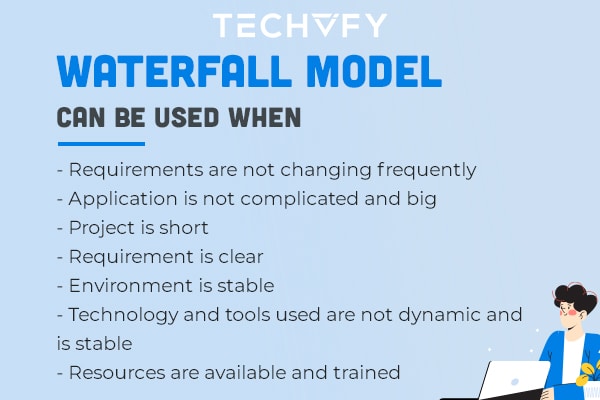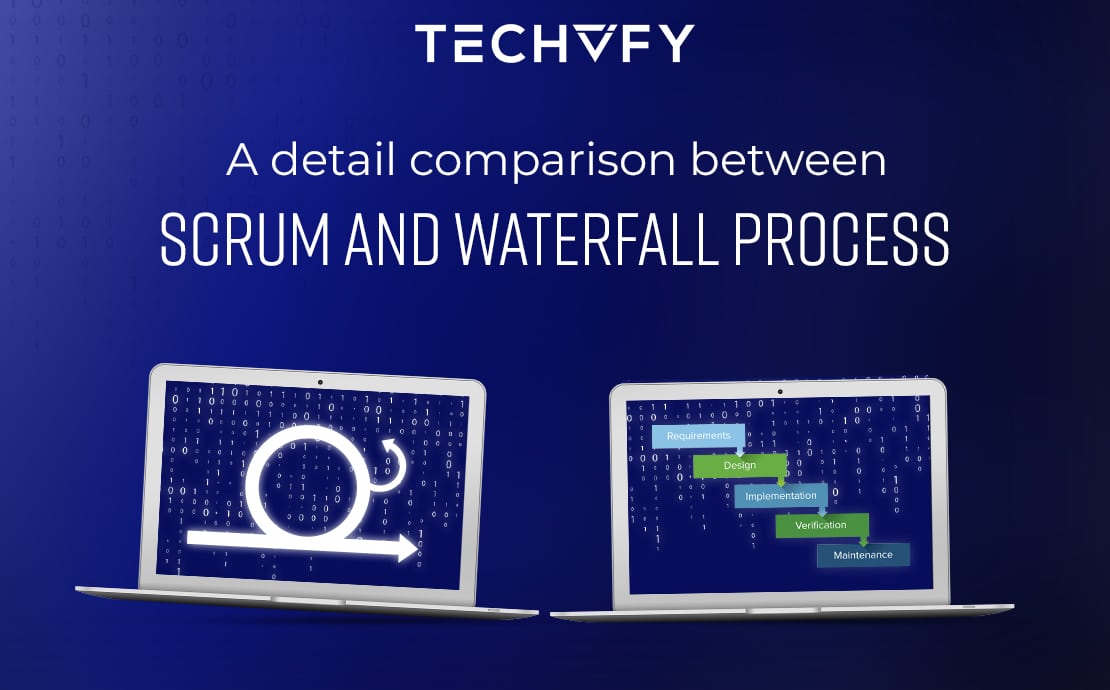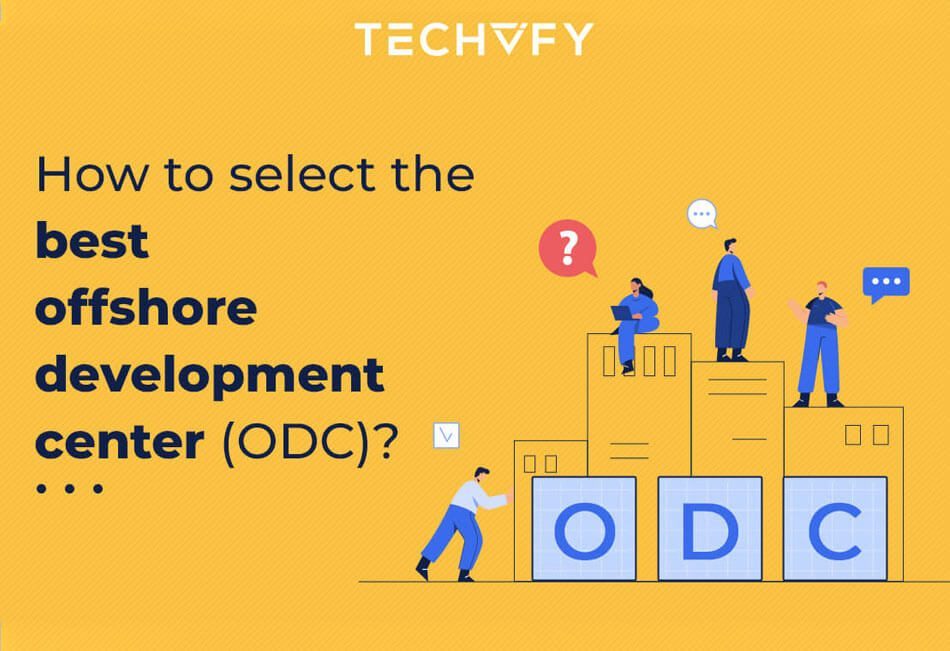Waterfall Process in Offshore Software Development
What is the Waterfall process?
The Waterfall process was one of the earliest and simplest ways to put together a software development process. It was called “Waterfall” because of the order of phases.
Each step in a Waterfall process flows into the next like a waterfall’s cascading tiers. No phase begins until the prior phase is complete, and each phase’s completion is terminal. The only way to revisit a phase is to start over at phase one.
In other words, the Waterfall management method is a sequential, linear project management process consisting of several discrete phases.
The Waterfall process’s goal is to deliver the full system at once. This method was mainly suitable for large enterprises or government systems. However, due to the large scope it has to handle, the Waterfall process was slow, unmanageable, and not very responsive to changes.
Phases of the waterfall model
The Waterfall process usually consists of five to seven phases that follow in strict linear order. The specific names of the phases vary, but they were originally defined by their inventor, Winston W. Royce, in the following way:
- Requirements: All customer requirements are gathered at the beginning of the project, allowing every other phase to be planned without further correspondence. The project requirements should be clear to every team member.
- Design: The design phase is usually broken up into two sub-phases: logical design and physical design. The logical design is when you lay out possible solutions, while the physical design is when you turn those theoretical ideas and schemas into concrete specifications. No coding is required in this phase, but the team establishes specs such as programming language or hardware requirements.
- Implementation: The implementation phase is when coding takes place. Programmers gather information about the requirements and specifications from the previous phases and produce actual code. They typically implement code in small pieces, which are integrated at the end of this phase or the beginning of the next.
- Verification: This phase is when the customer reviews the product to make sure that it meets the requirements. Testers methodically find and report any problems that arise in the testing process. If serious issues arise, your project may need to return to phase one for reevaluation. If the product passes this phase, the completed product will be released to the customer.
- Maintenance: The customer regularly uses the product during the maintenance phase, discovering bugs, inadequate features, and other errors that occur during production. If any issues arise, the developer team may need to create patches and updates to address them. Big issues may require the whole process to start over again from phase one.
Learn more: Scrum vs. Waterfall: What’s The Difference?
When to use the Waterfall process model?
Patrick Rockwell, an expert in this field, mentions situations where the Waterfall process can be beneficial:
“Though less common these days, when your end product’s requirements are fixed time and money yet are variable, choose the method.
I like to imagine a scientist doing research for a big company—through trial and error, he’ll likely restart his whole process many times and at different stages to get the coveted final result.
Through Waterfall project management, this behavior is anticipated and even preferred! This enables members to adjust and re-think their approach time and time again.”

As Patrick mentions, the Waterfall process can be problematic if the project requirements are not perfectly clear. Because of its inability to adapt to change, the Waterfall methodology works best for short projects with clear requirements.
If your requirements are not constantly changing and your environment is stable, Waterfall is an ideal choice. Thus, the Waterfall process is also adequate when your technology and tools are stable.
Final thoughts
That’s a basic introduction to the Waterfall software development method. To sum up, the Waterfall method can help you accurately estimate your project cost, resources, and deadlines if you have a fully laid out project schedule with detailed requirements and specifications.





